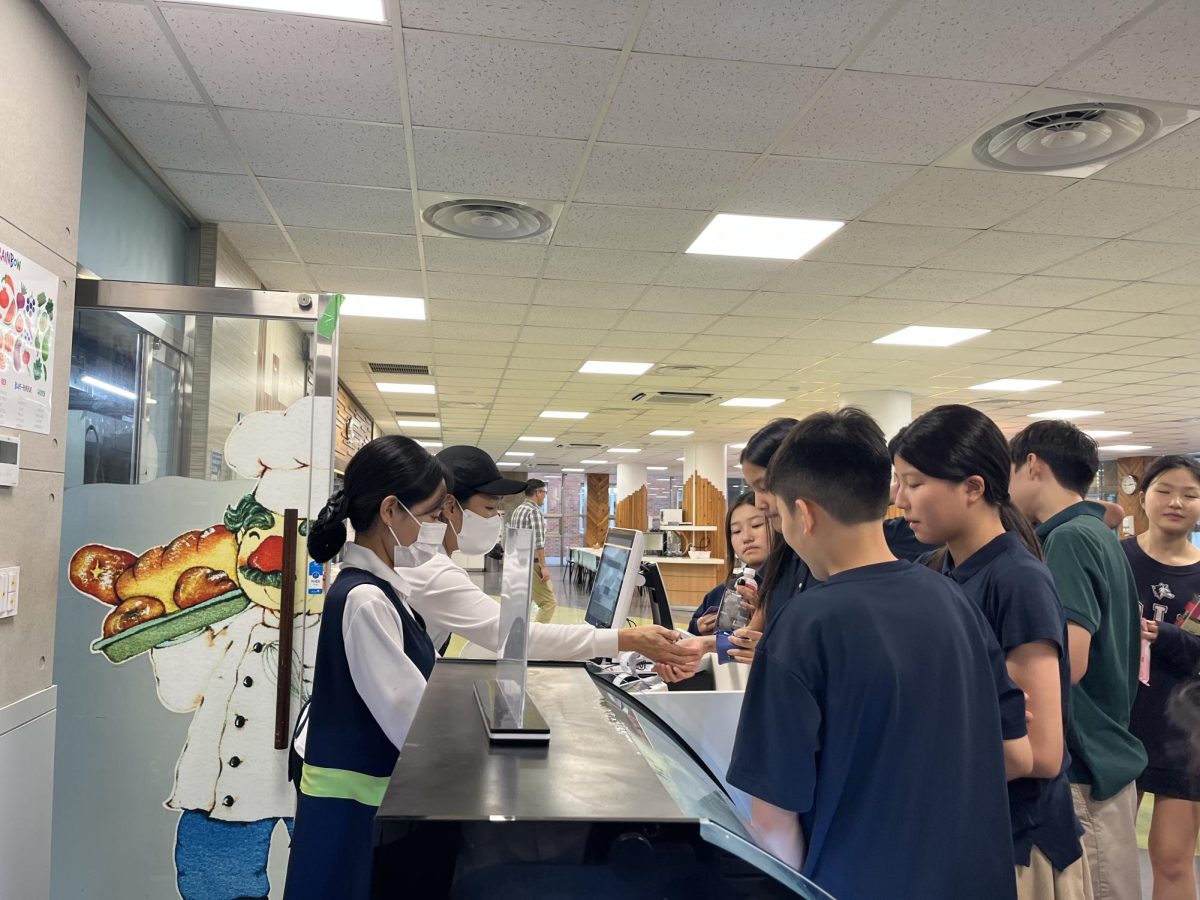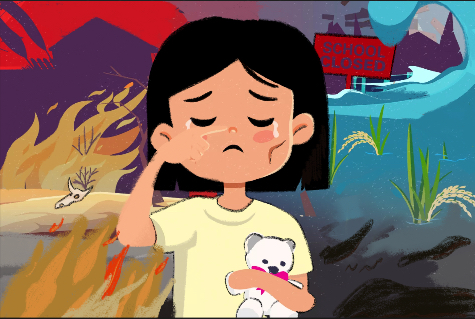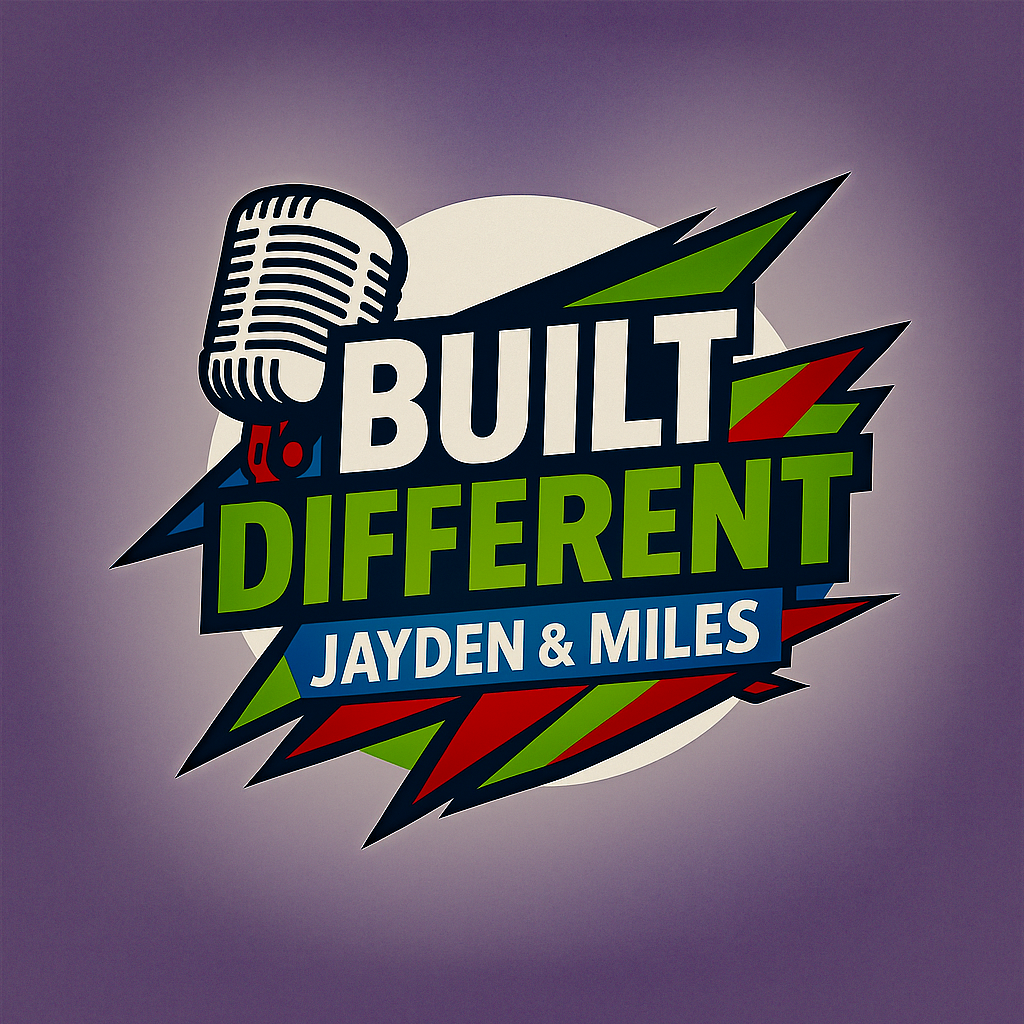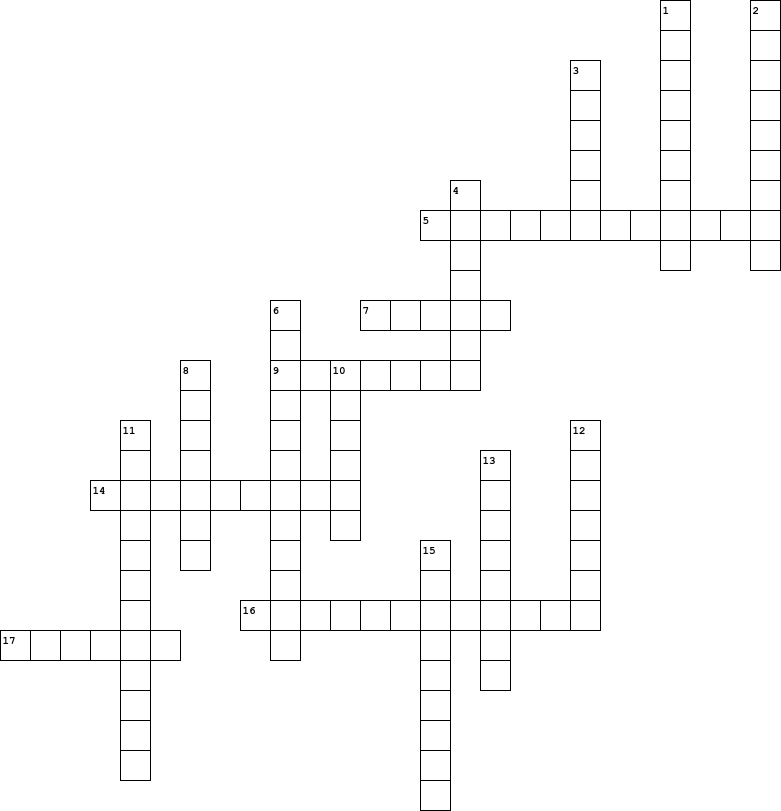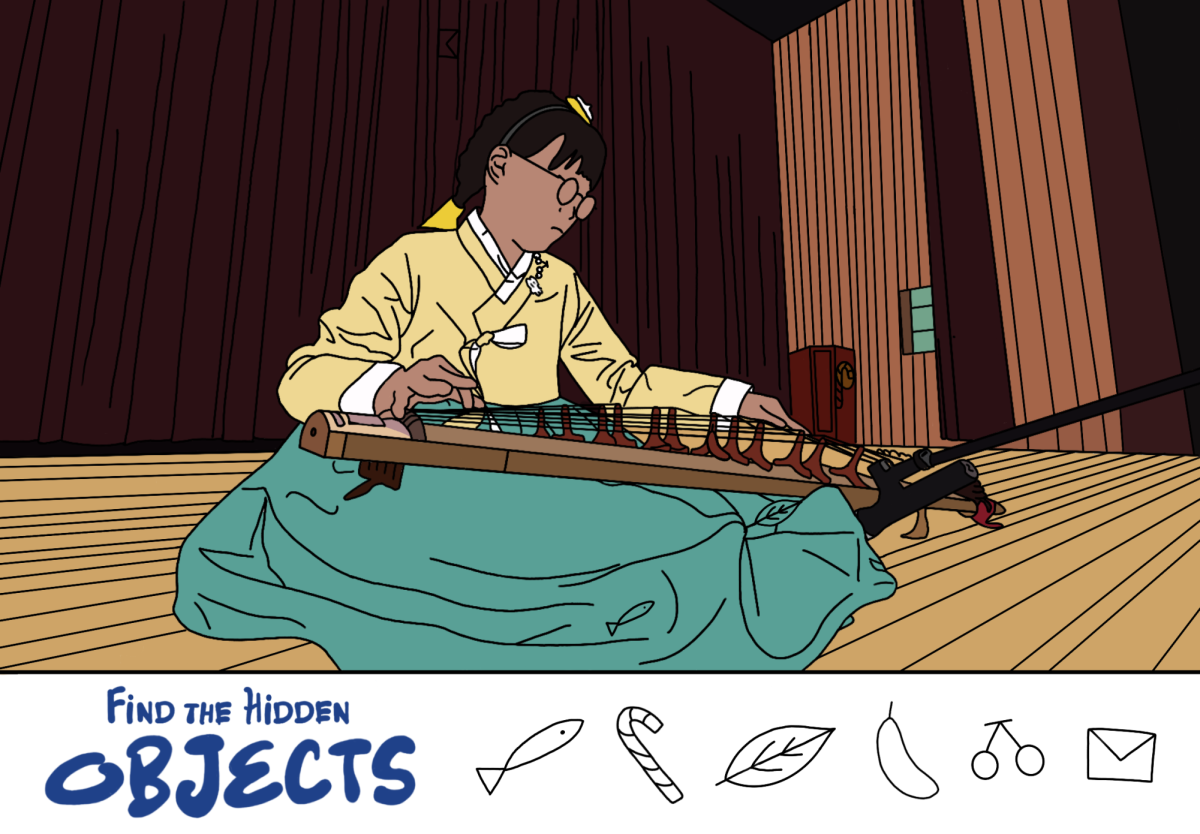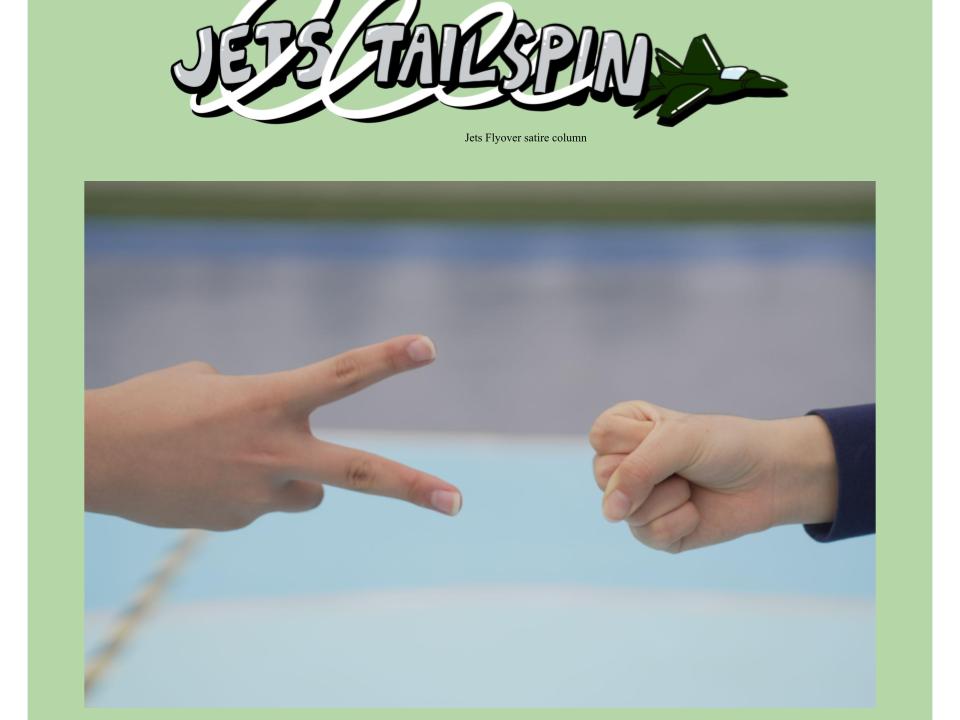
Korean elders often berate Gen Zers about their overzealous K-pop culture, headphones plugged in at work, and a nonstop cascade of TikTok trends. Over the past few decades, the nation experienced a massive shift in wealth and development, and this continuous change accentuates the gap between the younger and middle-aged populations. Experienced employees complain that new hires lack discipline and respect for veterans, and adults frown upon students in rolled-up skirts, eyes fixated on screens.
But before we blame today’s youngsters for their “absurd” behavior, we should shift our lens toward modern media culture and its pervasive effect of overly curated content. As the world progresses with immense speed, adolescents get more exposure to social media than ever before. Platforms such as TikTok and Instagram perpetually suck youths into a rabbit hole of endless screen time.
Preference-based algorithms tailor content to fit users’ exact tastes. This narrows our perspectives and hinders the growth of diverse perceptions. Thus, web-based companies wield expansive influence in diverse factors of modern society: education, economy, and even its future.
A concerning trend reported by beauty store employees highlights the severity of early media exposure. According to them, premature 10-year-olds crowd into shops for retinol, a chemical contained in anti-wrinkle products. Young viewers watch adult-oriented beauty content such as GRWM (Get-Ready-With-Me: short clips of creators presenting products and introducing their morning routines) and imitate them without knowing the adverse effects of too much makeup. Even in the fifth-grade classrooms here at DIS, these videos seem to dominate conversations.
Dana Lee from 5th grade said, “I think I use TikTok the most and I see edits of celebrities and influencers like Katy Fang. She’s a Taiwanese TikToker who makes GRWM videos. My friends also watch GRWMs and a lot of the girls in my grade do makeup and skincare…one of my friends uses painful anti-aging cream and says that it’s good…when I saw the products I wanted to try it and it was actually good.”
From conventional advertisements to influencer sponsorships, cosmetics flood children’s YouTube pages. This trend started a decade ago – prominent Korean kids creators such as Carrie’s And Toys defined the childhoods of current teenagers with countless videos about child cosmetics and beauty.
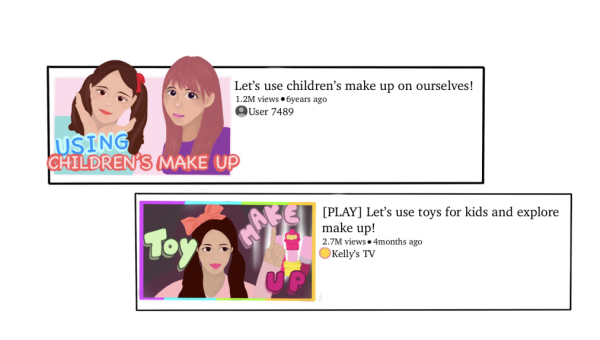
The aftermath seems obvious in countless aspects of Korean teen culture. According to CJ OliveYoung, Korea’s mainstream beauty store, transactions made by juvenile consumers in 2023 increased by 80% relative to 2022. Statistics depict that purchased items noticeably expanded to pigment cosmetics.
“For teenagers, colored cosmetics are definitely the most popular. In Hwanggeum District OliveYoung, as it is a residential area, customers in their 20s and 30s visit more but in the academic district down the block, teenagers are the major consumers. Times when schools finish or hagwons end are the student rush hours,” said a staff member at OliveYoung.
Fast forward to 2024, normalized usage of cosmetics seamlessly merges into students’ daily lives. Veritably, YouTube videos feature a common trend with titles like ‘08 Middle Schooler Makeup Pouch Tour’, ‘Student Makeup Product Suggestions’, and ‘Back-to-school Goddess Makeup Tutorial.’ They flaunt millions of views and influence not only the present but also the next generation of teens, also known as Gen-Alpha.

Among such videos, ‘Student Bare Face Makeup that Never Gets Caught’ (‘절대 안걸리는, 학생 쌩얼 메이크업’) has over 7.2 million views. It allures high schoolers who desire to polish their appearances at school where makeup is banned. The influences of K-pop idols such as BLACKPINK, NewJeans, and IVE, and their excessive beauty standards shape these students’ minds to obsess over their appearance and naturally gravitate towards becoming K-pop trainees.
Elly Song from 6th grade said, “A few years ago, almost everyone in our grade wanted to become an idol… because they dance and sing in front of other people and receive a lot of fan messages and support, I wanted to become an idol too.”
Normalization of beauty standards such as long and thin limbs, bright skin, large eyes, and a slim tall nose quickly turns “I want to be like them” to “Why can’t I be like them.” Countless content of picturesque idols capitalize on these insecurities and trap teenagers in an unhealthy cycle.
“After watching those videos, I wanted to become taller and in other grades, I heard them going on a diet and wanting to become skinnier. Because after watching videos of Jang Wonyoung or Karina, they wanted to become prettier,” said Song.
Technology changes for every generation. And it tends to scare the older ones. They used to say that the radio stole your focus or that TV dumbed you down. However, with the unprecedented advancement of modern media, we must acknowledge the possible consequences of this acceleration, just as people did for previous tech. The question remains as yours to answer: Should we regulate excessive media exposure? Or are K-pop and makeup culture simply the new “idiot box”?





